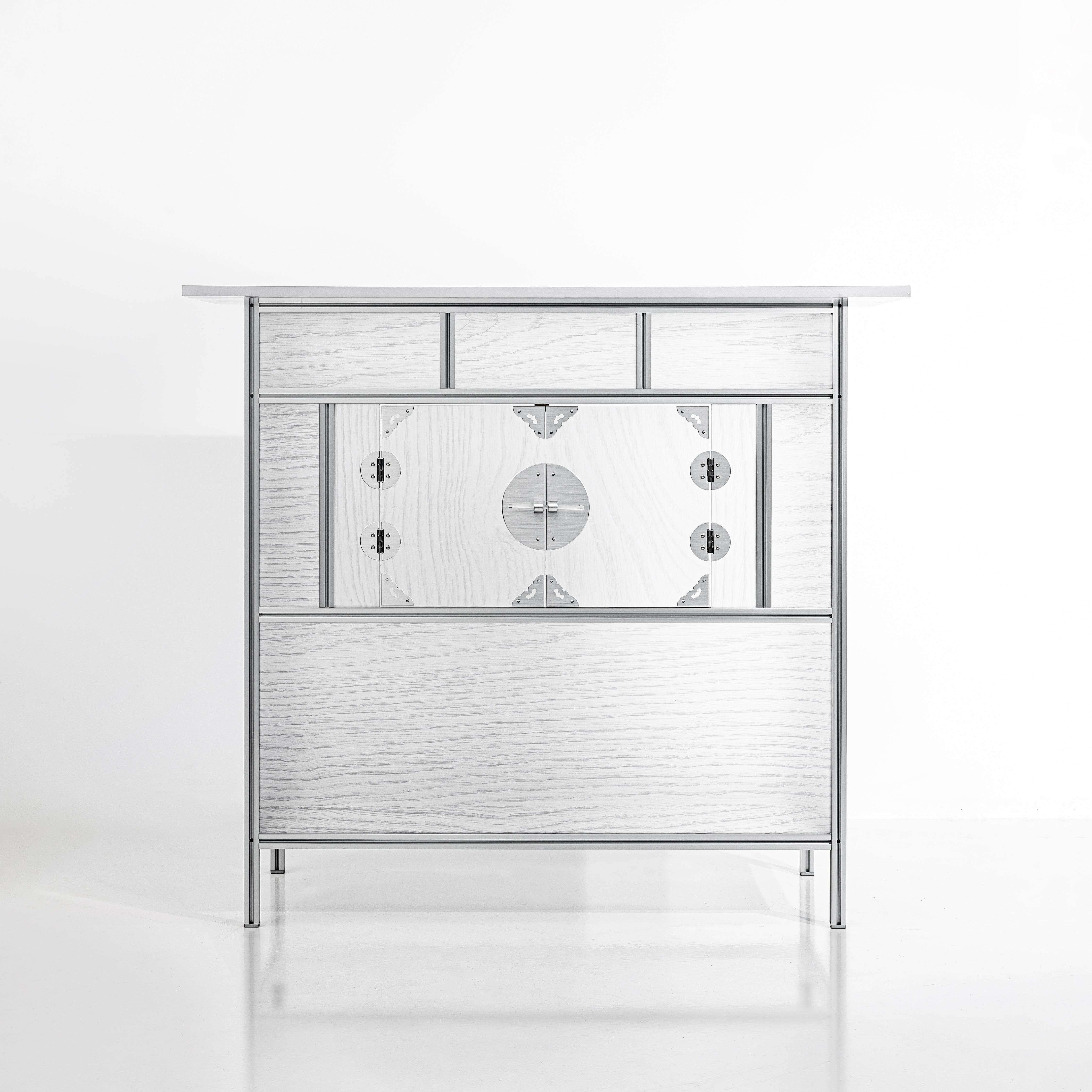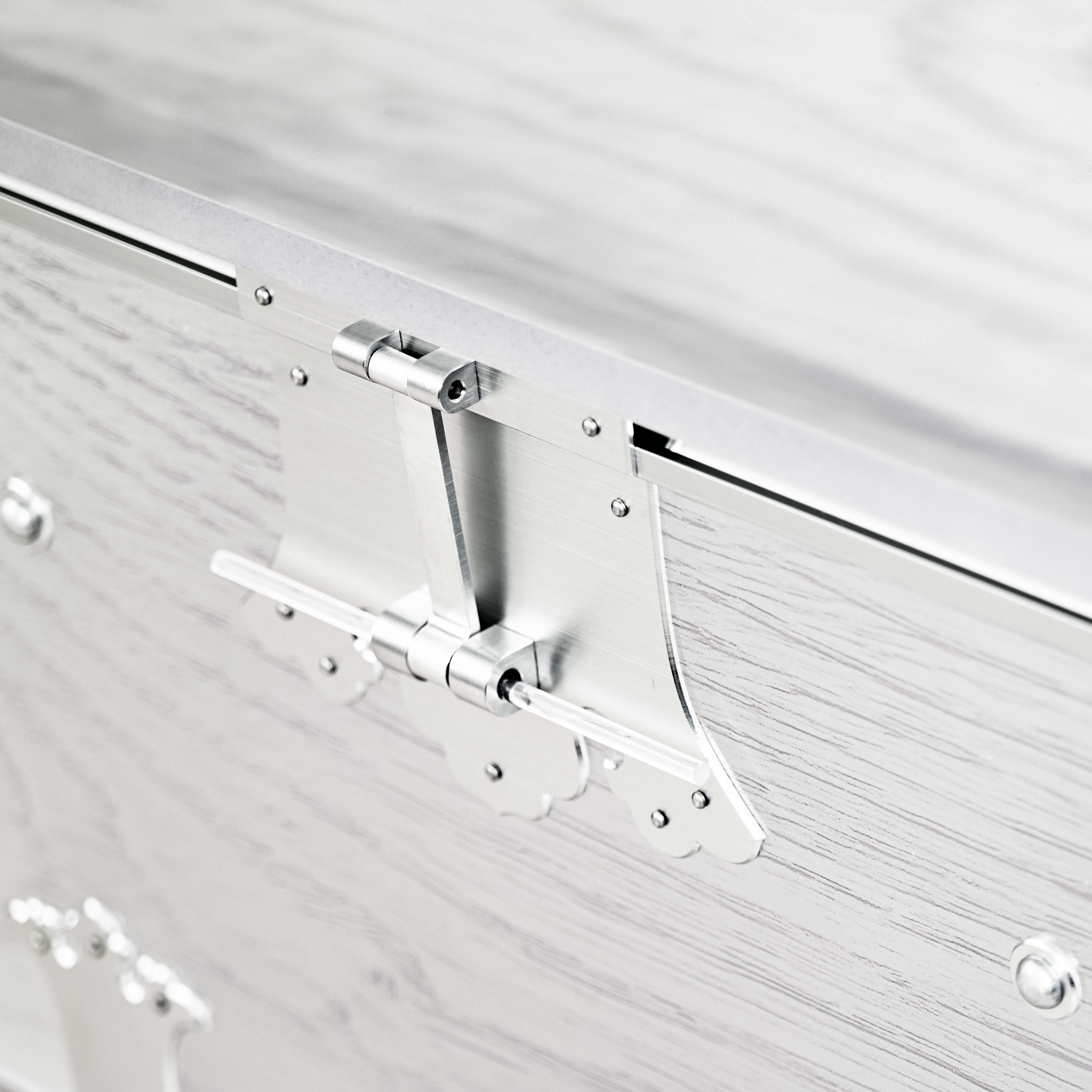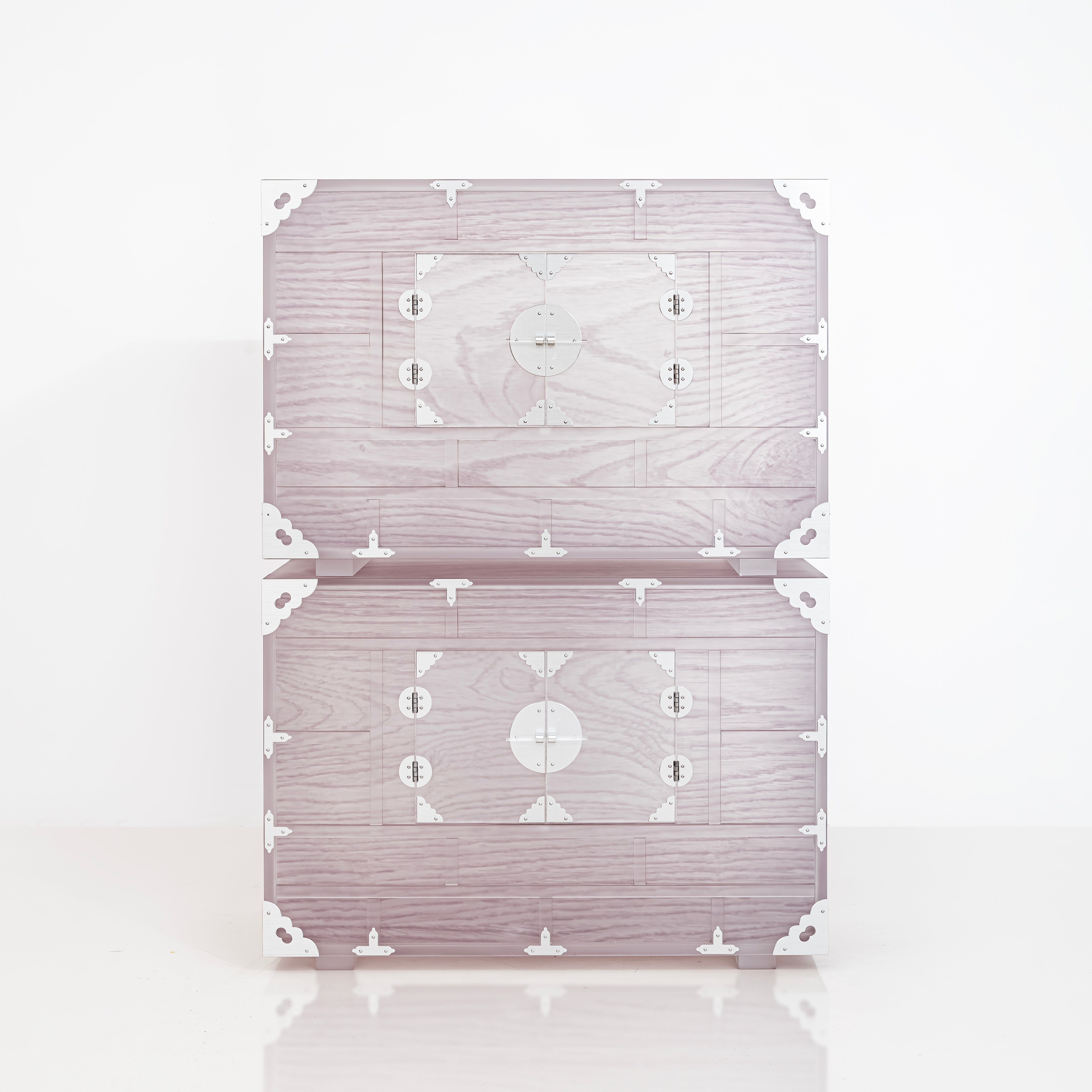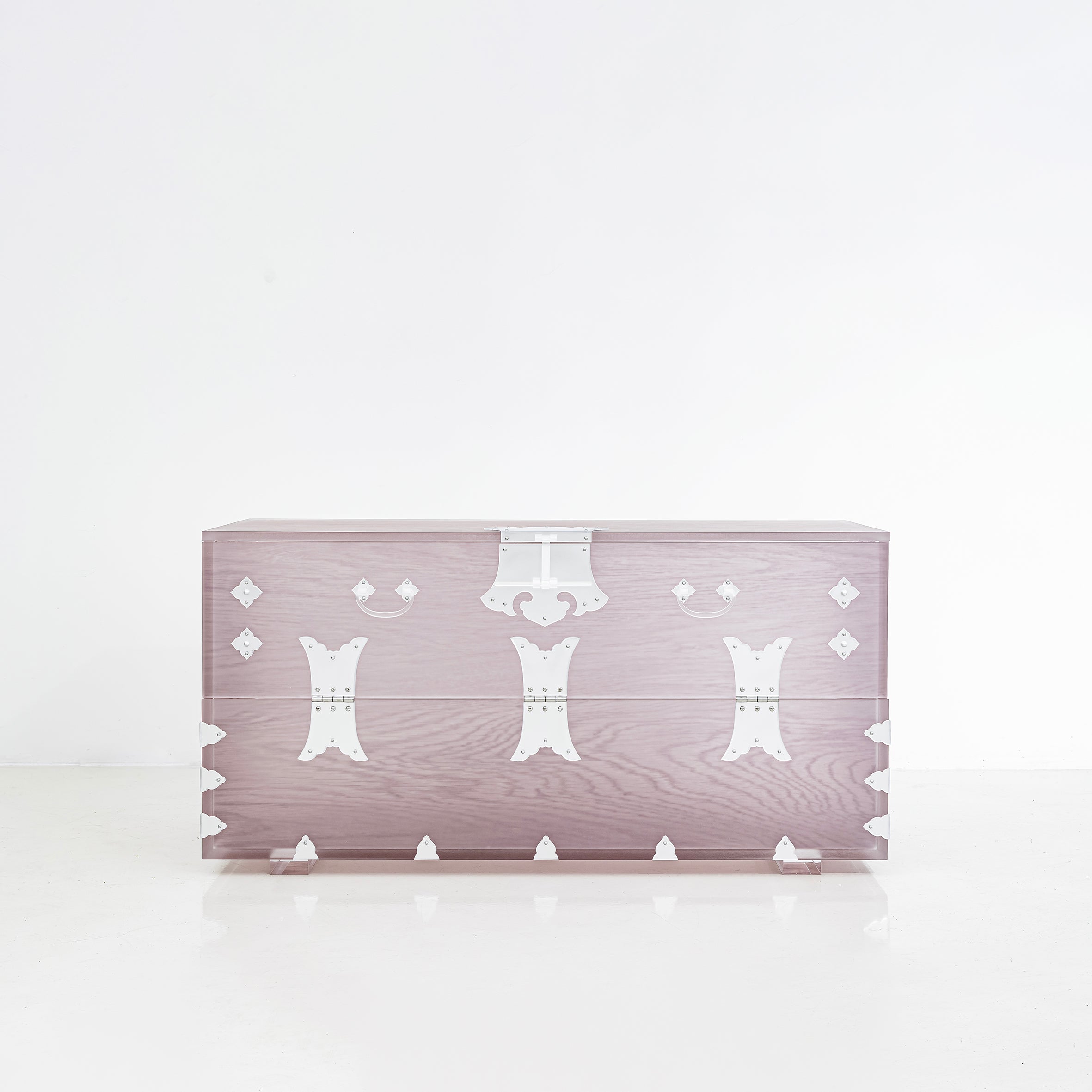
HYUNHEE KIM
AFTER IMAGE
Transforming the Past into a Seamless Future

A zoetrope is a device that creates the illusion of motion from a sequence of static images inside a spinning cylinder. As it turns, each static image merges into a continuous, dynamic movement through the effect of afterimages. Inspired by this phenomenon, I began to reflect on how still images of the past can gain continuity in the present to create a single, flowing motion.

An afterimage is a faint visual impression that lingers even after the original object has disappeared. Memory functions in a similar way—preserving selectively edited scenes rather than accurate, unfiltered realities. In this sense, the curated images we choose to remember often help us cope with the uncertainties of the future. This selective memory plays a powerful role in art: it frequently glorifies past works as inherently beautiful while dismissing contemporary creations as superficial or less worthy.

Yet, as Bertolt Brecht once said, “We must begin not with the good things of the past but with the bad things of today.” Living in a time marked by instability and uncertainty, I believe the role of contemporary art is to engage with this “movement of the bad today.” This movement acts as a vital link between past and future, anchoring the present within the broader continuum of time.
We may imagine ourselves adrift in the glory of the past, but we must push forward—toward the future. My recent works reflect this effort: a struggle to reconcile the beauty and burden of the past with the unpredictability of the present, in hopes of building a bridge toward what lies ahead.

The triad of time, experience, and imagery lies at the heart of my practice. In the Ancient Future series, I explored the confined lives of Korean women through chamber furniture, challenging inherited boundaries and assumptions. In White Nostalgia, I examined how the past contributes constructively to the present, conceptualizing memory’s role as a “white function.” In contrast, After-Image explores how a succession of past moments forms lingering impressions—and asks whether these residual images can guide us seamlessly into the future.
The works in After-Image take the form of traditional Korean furniture, with surfaces and patterns evoking wood grain and other familiar materials. However, they are created using contemporary techniques—UV printing, CNC milling, and laser cutting—and modern materials like aluminum profiles and acrylic. This juxtaposition of old and new is not an attempt to recreate the past. Rather, it reveals a collision between the materiality of the present and the imagery of the past, generating afterimages that reflect the complexities of contemporary life.
The “bad things of today,” as Brecht might put it, are incomplete, imperfect fragments of memory. These pieces are not purely functional; they are multidimensional objects that evoke something deeper. They blur the boundary between reality and representation, embodying both the weight of history and the uncertainty of the present.










